fruit trees in HARD decomposed granite
Matthew Grayson
10 years ago
Related Stories

MOST POPULARHow to Get Rid of Those Pesky Summer Fruit Flies
Learn what fruit flies are, how to prevent them and how to get rid of them in your home
Full Story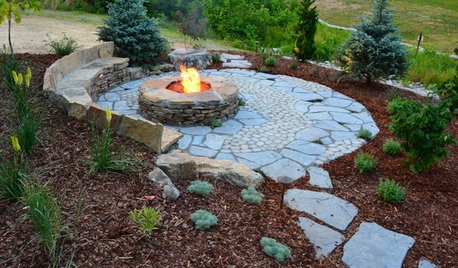
HOLIDAYS10 Ways Your Christmas Tree Can Live On After the Holidays
Learn how to recycle your Christmas tree and reap benefits for the environment
Full Story
SIDE YARD IDEASNarrow Trees for Tight Garden Spaces
Boost interest in a side yard or another space-challenged area with the fragrance and color of these columnar trees
Full Story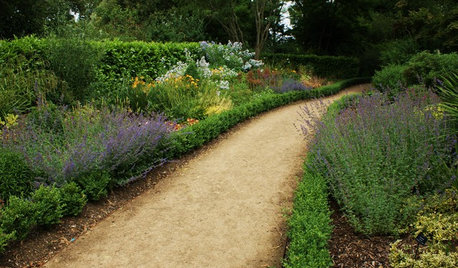
LANDSCAPE DESIGN5 Gravel and Stone Types for a Rockin' Landscape
Give your garden design some textural bam with pebbles, granite, river rocks and other permeable materials
Full Story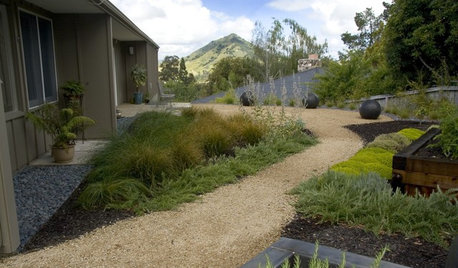
GARDENING AND LANDSCAPINGHardscaping Shows Its Soft Side
Who says hardscaping has to be hard? Consider these gentle, sustainable and DIY-friendly alternatives
Full Story
GARDENING GUIDESGreat Design Plant: Passiflora Incarnata
Enjoy the amazing flowers and edible fruit of U.S. native Passiflora incarnata (also known as maypop) — the butterflies sure do
Full Story
LANDSCAPE DESIGNGreat Design Plant: Retreat to the Shade of Hardy Catalpa
Big foliage and a towering height provide a shady respite in summer, but that's not all hardy catalpa offers dedicated gardeners
Full Story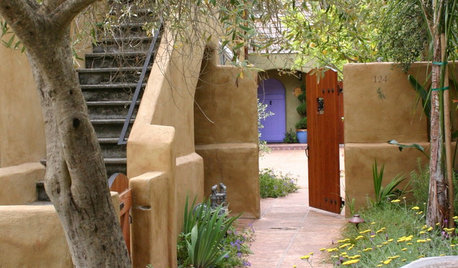
GARDENING AND LANDSCAPINGLay of the Landscape: Mediterranean Garden Style
Earthy, lush and warmly welcoming, a Mediterranean garden can thrive in any warm-climate landscape with a few adaptations
Full Story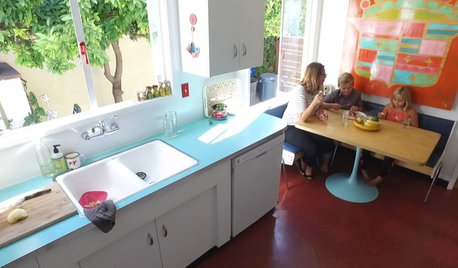
HOUZZ TOURSHouzz TV: Kids, Avocados and Happy 1950s Style
A homeschooling family turns to DIY projects and multipurpose spaces to make the most of their California ranch house
Full Story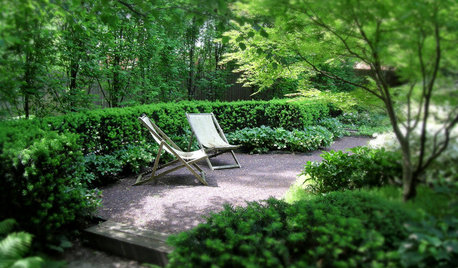
LANDSCAPE DESIGNDream Spaces: 10 Secluded Garden Nooks
Sometimes dreaminess is a single bench or a romantic table for 2 tucked amid greenery. See for yourself
Full StoryMore Discussions








applenut_gw
Matthew GraysonOriginal Author
Related Professionals
Surprise Landscape Architects & Landscape Designers · Roxbury Crossing Landscape Architects & Landscape Designers · Lakeland Landscape Contractors · Berwyn Landscape Contractors · Beverly Hills Landscape Contractors · Brunswick Landscape Contractors · Burien Landscape Contractors · Fair Oaks Landscape Contractors · Golden Gate Landscape Contractors · Mesa Landscape Contractors · North Haven Landscape Contractors · Tavares Landscape Contractors · Watertown Landscape Contractors · San Pablo Landscape Contractors · Suisun City Landscape Contractorsfruitnut Z7 4500ft SW TX
jean001a
Matthew GraysonOriginal Author
fruitnut Z7 4500ft SW TX
Matthew GraysonOriginal Author
fruitnut Z7 4500ft SW TX
Matthew GraysonOriginal Author
fruitnut Z7 4500ft SW TX
econ0003
Suzi AKA DesertDance So CA Zone 9b
Matthew GraysonOriginal Author